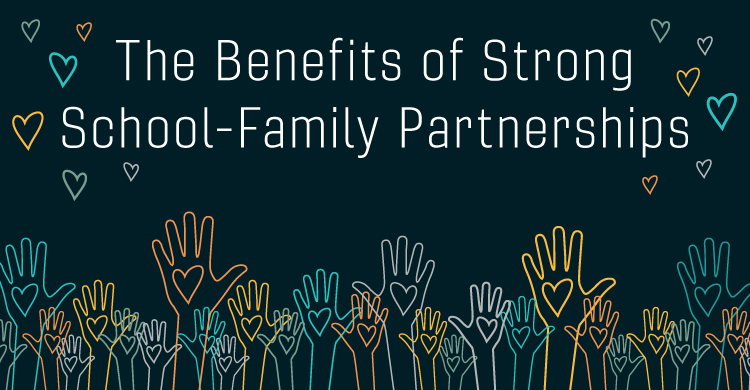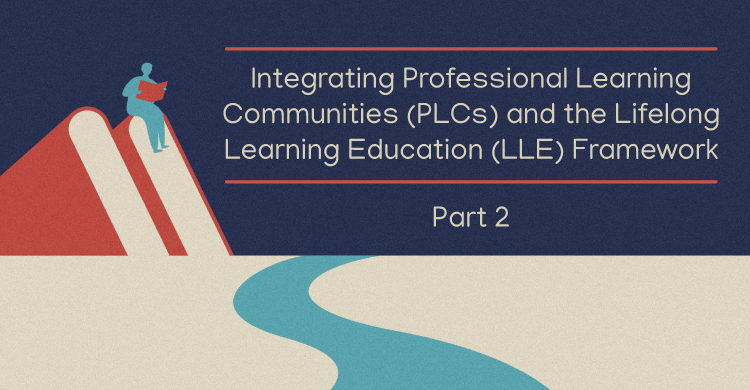This post is part of an ongoing series on the topic of Eliminating the Achievement Gap for Latino Students.
“Leadership and learning are indispensable to each other.” – John F. Kennedy
Like so many of Kennedy’s quotes, there is a beautiful poignancy in these words. What makes them altogether even more powerful is the fact that he never had the chance to deliver this speech. This was the speech he was scheduled to deliver on November 22, 1963, the day he was assassinated. Another important theme threaded throughout these thoughtful last words revolved around the term community. Used multiple times, Kennedy emphasized the importance of connecting leading and learning in the creation of more evolved communities in the name of progress and innovation.
More than 50 years have passed since that day, and when we examine what he was predicting and the world he was seeing in front of him, we can see with certainty that indeed his prediction was correct. While the connection between leading and learning is inextricable in every profession today, it is especially true in K-12 education. Furthermore, to build on Kennedy’s thoughtful prediction, it is clear that today our capacity to connect leading, learning, and the construction of community has never been greater (Reason, 2010).
Same Concept, New Tools
Even though the Professional Learning Community concept is decades old, it continues to evolve and improve as we both lead and learn (DuFour & Fullan, 2013). The leadership that is required to build these communities and to connect leadership and learning continues to evolve as well. In order to meet the challenges we face in K- 12 education in the decades to come, we will need to continue to do the following:
- Improve leadership practice
- Continue to build stronger leadership capacities at all levels
- More directly and consistently make connections between leadership, learning, and community building
While intuitively it would be hard to argue these essential foundational elements, establishing Monday morning ready-action strategies that will continue to serve schools arguably require some more direct and specific actions (Reason, 2014). To that end, consider here are several strategies that we are confident will work.
Strategies for Leading, Learning, and Building Community
- Invest in aspiring leaders: If your school desires an ongoing source of innovation, it must invest in leadership. This includes encouraging teacher leaders and aspiring building principals. Investing in these programs will build interest and prepare leaders to “step up” and lead when their time emerges (DuFour, et al., 2010).
- Create leadership learning communities: In far too many cases, the job of a building principal is a lonely and solitary job. While many principals today enjoy great relationships with their staff and may be broadly supported and encouraged by their teams, we have to remember that the power and potential of learning communities and the merits of having colleagues there to consistently work with us is a professional growth opportunity that has been long overlooked for building principals. Today, thanks to technology, we can build learning communities with principals and allow them to connect. While principals can certainly connect with one another at regional meetings or
via personal /professional networks, it is clear that creating more consistent opportunities for principals to stay connected will help them to grow (DuFour & Fullan, 2013). - Encourage and engage innovative outliers: one of the tenants of PLCs revolves around the notion that teacher outliers can be quickly identified thanks to their results and innovation within a team in a PLC (DuFour, et al., 2010). When these innovators are identified their innovations are celebrated, copied, and hopefully (to borrow another Kennedy phrase) result in “a rising tide raising all the ships in the harbor”. In far too few instances our opportunities for outstanding leadership practice to be carefully studied, reflected upon, shared, and ultimately imitated and enhanced. In business great ideas are used as building blocks for corporate innovations and improvements. Clearly, in education if we can more consistently allow principals to establish their own Professional Learning Communities, this kind of work will prevail.
What is it going to take?
So, what is it going to take to make this happen? Schools will need to be dedicated to the idea of principals being part of a Professional Learning Community. Secondly, they will have to be willing to use technology in a creative way so that principals can stay connected asynchronously. Clearly they don’t have the luxury of perhaps meeting with one another as consistently as teacher teams do. To supplement that concern we can use technology to build asynchronous learning spaces to allow them to connect consistently. To that end, if we more consistently invest in the learning communities for the leaders of our schools, we put ourselves in a position where we are far more likely to realize Kennedy’s dream for connecting leadership, learning, and community.
DuFour, R. & Fullan, M. (2013). Cultures built to last: Systematic PLCs at work. Bloomington, IN: Solution Tree Press.
DuFour, R., DuFour, R., Eaker, R., & Many, T. (2010). Learning by doing: A handbook for Professional Communities at Work. Bloomington, IN: Solution Tree Press.
Reason, C. (2014). Stop leading like its yesterday: Key concepts for shaping today’s school culture. Bloomington, IN: Solution Tree Press.
Reason, C. (2010). Leading a learning organization: The science of working with others. Bloomington, IN: Solution Tree Press.
[author_bio id=”68″]
[author_bio id=”208″]






